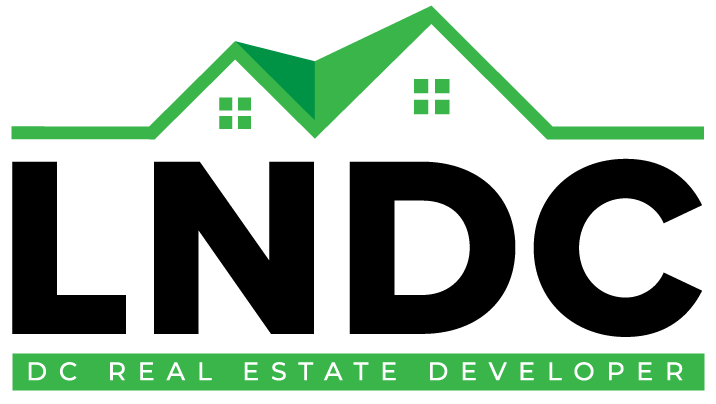The Role of Green Space in Residential Planning
When you picture your dream home, what comes to mind? A spacious kitchen, plenty of sunlight, or maybe a nearby park for morning walks? That last one, green space, is often overlooked but incredibly valuable. In today’s busy world filled with cars and concrete, the role of green space in residential planning is more important than ever. It is not just about adding beauty but about improving the way people live, relax, and connect with their surroundings.
Why Green Space Matters in Modern Living
Urban life can sometimes feel overwhelming. Between long commutes, busy schedules, and limited outdoor access, residents crave balance. Green spaces provide that balance. Studies show that access to parks and landscaped areas reduces stress, boosts physical health, and strengthens community bonds.
Neighborhoods with thoughtful landscape planning encourage interaction. Picture kids playing safely, families having picnics, or friends jogging together. These open areas build stronger social ties and create safer, friendlier communities.
Developers who include these spaces in their plans understand that a home should not just be a place to live but a place to thrive. If you explore LNDC’s properties on market, you will notice how many are surrounded by natural scenery and outdoor amenities that enhance everyday living.
According to the U.S. Environmental Protection Agency (EPA), green infrastructure helps manage water runoff, improves air quality, and reduces heat. That means the greener your neighborhood, the cleaner and healthier your environment becomes.
Sustainable Design: The Smart Choice for the Future
There is a growing shift toward designing residential areas that are environmentally friendly. Green spaces are no longer just an afterthought. They are part of sustainable design strategies that improve energy efficiency and overall livability.
Developers who prioritize green zones often see better long-term returns. Homes near parks or nature trails tend to sell faster and maintain higher property values. According to the National Recreation and Park Association, proximity to parks can increase property values by up to 20 percent.
Companies like LNDC recognize this advantage. Their residential projects blend eco-friendly planning with modern design, creating communities that support both comfort and sustainability. Whether through tree-lined streets, community gardens, or shared courtyards, these elements help reduce the environmental impact while improving quality of life.
If you want a glimpse into what sustainable development looks like, check out LNDC’s upcoming properties. Each one is thoughtfully planned to ensure green space is not just included but celebrated as part of daily living.
Integrating Nature into Everyday Life
The future of residential planning lies in harmony between development and nature. Urban planners now use creative ways to add greenery even in dense cities. Think rooftop gardens, living walls, and green belts that connect neighborhoods. These innovations make urban areas more livable while reducing pollution and energy costs.
Green space also encourages active lifestyles. A simple walking path or a small park can inspire residents to move more and spend time outdoors. This is especially valuable for families with children and older adults who benefit greatly from nearby nature.
To see examples of how modern developments embrace this balance, explore LNDC’s homepage. Their approach to community design focuses on wellness, sustainability, and meaningful connections between residents and nature.
Another great example is The Nature Conservancy, which highlights how urban green spaces help combat heat islands and improve biodiversity. Residential planning that follows similar principles contributes to long-term environmental resilience and healthier communities.
Creating Homes that Inspire Healthy Living
Green space is more than just land; it is a lifestyle. It influences mental health, social interaction, and even economic growth. Every tree planted and every park developed adds value to a community.
When developers include green design elements, they are not just building houses. They are building environments where people can breathe freely, connect deeply, and live sustainably. LNDC continues to shape neighborhoods that embody these values through thoughtful planning and smart environmental integration.
If you are ready to explore homes that blend luxury, comfort, and sustainability, visit LNDC’s current listings and experience how thoughtful design makes a difference.
Take the Next Step Toward Greener Living
The role of green space in residential planning goes beyond aesthetics. It shapes lifestyles, improves health, and protects the environment. Whether you are a homebuyer, investor, or simply someone who values clean air and open spaces, it pays to understand the importance of sustainable community design.
Ready to find your ideal home in a green-inspired community? Contact LNDC today to learn more about upcoming projects and personalized residential opportunities.
Because at the end of the day, true luxury living begins where modern design meets the natural world.











